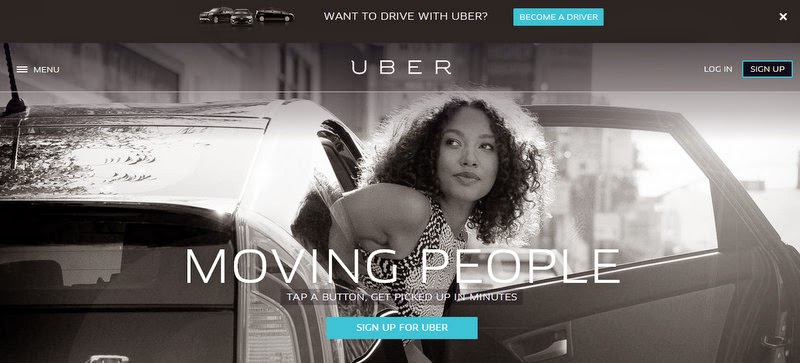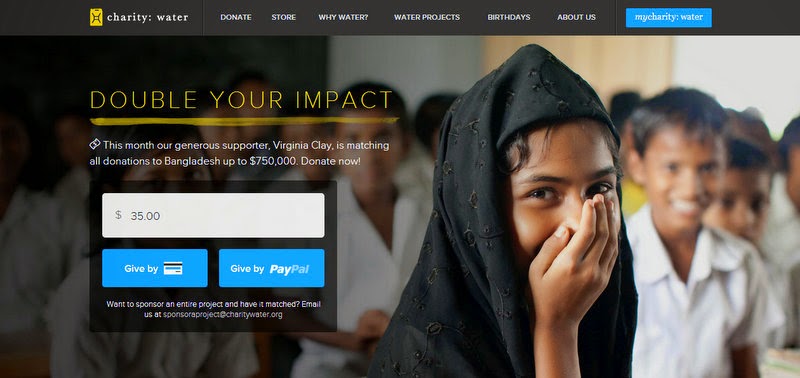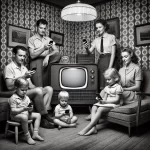The phrase pay attention is an interesting one to a marketer. We are asking someone to stop what they are doing and to pay us – or spend their valuable time – listening to what we have to say. Advertising screams at us – hey, stop what you are doing and pay attention to our message about our brand. The kid standing on the street in a pizza costume waving his hands wildly at cars passing by asking us to pay attention to the mediocre pizza shop in the strip mall Really? Is this the best you have got?
This is so backward and the wrong approach to marketing. It is we, the marketers who should be paying attention.
When you spend time with the tribe or community that you serve, you see and observe unmet needs. You learn that people want a simpler solution to hailing a taxi in NYC then standing in the rain. They want to click a button on their phone and have a car show up, take them where they want to go and drop them off and charge the trip to their credit card. And they want it to be seamless. Thus Uber.
Or, you want to have a more real experience of visiting another city, state or country. Hotels try but they are industrial factories and not all that personal. They don’t offer genuine experience of place. You pay high prices and feel as if you are in a housing factory not a home. What happens when you go to a new country and stay in someone’s home and they welcome you with fresh baked muffins, authentic warmth and a genuine smile of appreciation. Thus AirBnB.
When your brand is paying attention you start to understand how to create an authentic connection with a brand. Although the coffee is very good at Starbucks, my experience there is often more about place than product. When I shop at my local Whole Foods, I forget about going grocery shopping and instead feel as if I am at a farmer’s market with merchants who make me feel welcomed and connect to my values. When I eat at Boondini’s, my local sandwich shop, I don’t feel like I am in a Subway but the shop of a real human being named Bill not a franchise.
The design firm IDEO helps clients understand what is emotionally missing in your category. Instead of helping you build a better mouse trap, you create a mouse-free environment. When you focus more on the benefit and experience, the mouse trap changes as it is created to fit a need that is often not articulated.
A wonderful example is a story told by IDEO’s Clark Scheffy to a wine industry marketing conference my company sponsored last year. Instead of building faster trains, IDEO helped a transportation company create more enjoyable experiences on the train so that time flies quicker. They figured this out by looking at the customer’s journey through the brand experience. It is called design thinking and requires an empathy and paying attention to the commuters full experience.
Challenge
When was the last time you paid attention and spent time with the community you serve without trying to sell them something?
Can you enter the community who buys your product and services and become closer to them so you can understand what they dream about and wish for but have a hard time talking about? A focus group won’t help you uncover this need.
If you make accessories for amateur bike enthusiasts, maybe you need to spend more time riding bikes with them then you do with big data. Avoid the trap of making something and then trying to market it. Instead, experience the need and find a solution that others really want.
Can you enter the community who buys your product and services and become closer to them so you can understand what they dream about and wish for but have a hard time talking about? A focus group won’t help you uncover this need.
If you make accessories for amateur bike enthusiasts, maybe you need to spend more time riding bikes with them then you do with big data. Avoid the trap of making something and then trying to market it. Instead, experience the need and find a solution that others really want.
Take a ride with your tribe and pay attention!
~~~~~~~~~~~~~~~~~~~
Help me support a great organization called: Charity: Water. Check out the work they do here. I coach and advise marketing folks and your fee is donated to this great cause. If you’d like to pick my marketing brain about your story, you can set up a call through Clarity at this link.
100% of my fee is donated to Charity Water. Thirsty?
100% of my fee is donated to Charity Water. Thirsty?






